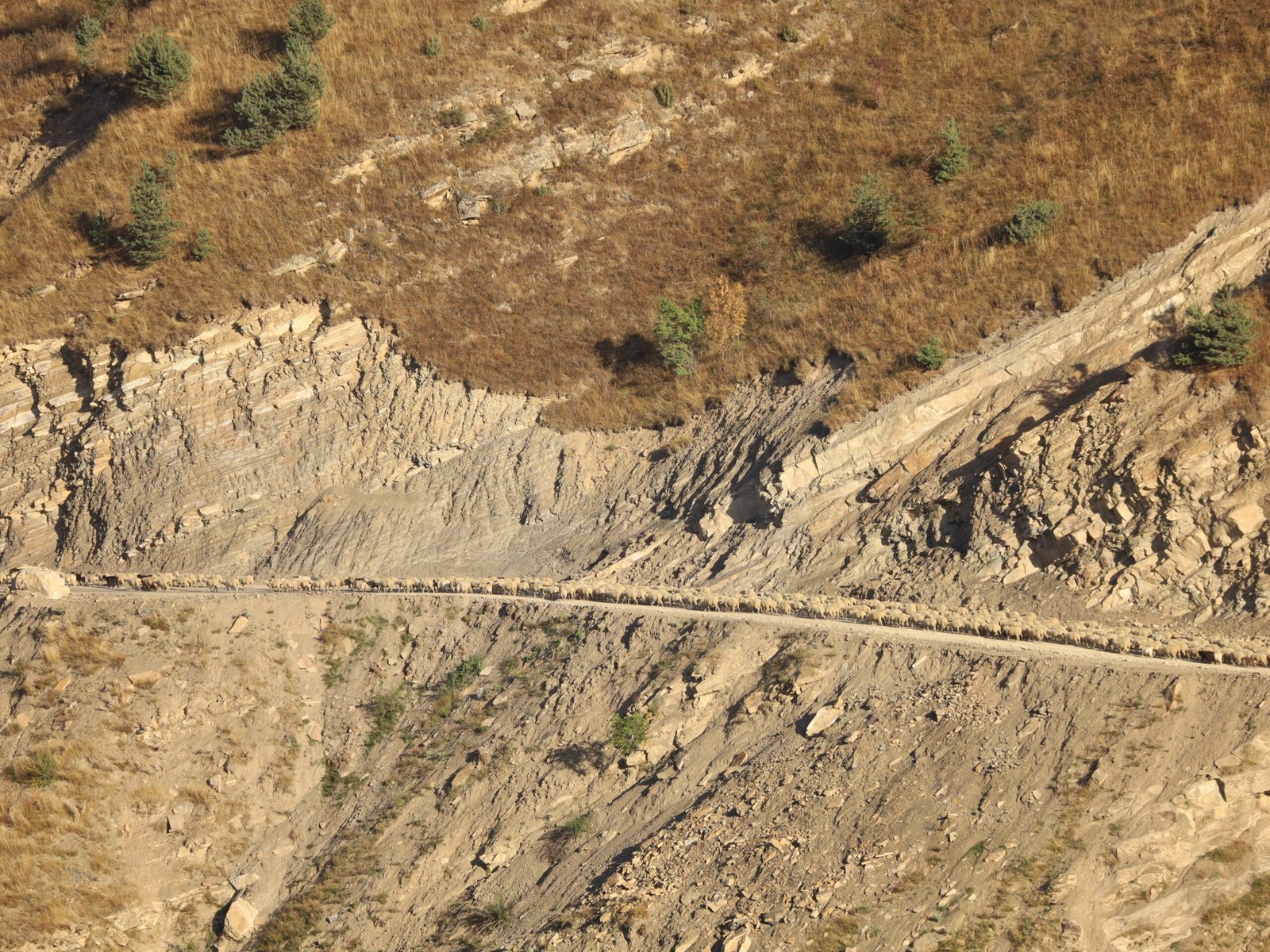Sectors

Tunneling

Slope Protection & Landslides

E&M Works

Dams
Services
Steel Structures
- Structure Analysis &
Design - Shop Drawings
- Design Reports & Memorandums
Hydraulics and Hydrology
- Hydraulic Design of
Hydro-power Structures - Water Availability
Studies - Flood Estimation
- Sedimentation Analysis
- Dam Break Analysis
Training
- Classroom Training
- On line conferences
- Workshops and Fireside
Discussions
Concrete Structures
- Structure Analysis &
Design - Concrete Outline & Reinforcement Detail
Drawings - Design Reports & Memorandums
Bridges
- T-Girder Bridge
- Prestressed Bridge
- Cable Stayed Bridge
- Truss Bridge
- Bailey Bridge
- Arch Bridge
Geotechnical
- Pre-feasibility Studies
- Detail Project Report
- Tender Engineering
- Detail Engineering
- Project Monitoring
Roads and Highways
- Pre-feasibility Studies
- Detail Project Report
- Tender Engineering
- Detail Engineering
- Project Monitoring
Hydropower
- Pre-feasibility Studies
- Detail Project Report
- Tender Engineering
- Detail Engineering
- Project Monitoring
Our Equipment Services
Falling Weight Deflectometer (FWD) : Fluor Consulting and Engineers offers the KUAB 70 VM-SPGE Falling Weight Deflectometer (FWD), a Swedish-manufactured mobile system for non-destructive dynamic plate loading tests on highways and airfield pavements. The FWD, mounted on a vehicle, evenly distributes load, providing accurate deflection measurements at a distance from the load center. It mimics the impact of a heavy moving wheel load, producing pavement surface deflection data. The model meets and slightly exceeds IRC 115-2014 guidelines for evaluating and strengthening flexible road pavements using FWD technique, featuring an integrated electricity generator for instant device charging.
Network Survey Vehicle (NSV) : The Network Survey Vehicle (NSV) is equipped with the Road Measurement Data Acquisition System (ROMDAS) for comprehensive road analysis, defining the true condition of the road network. The NSV includes tools for right-of-way and surface pavement defect assessments, a high-accuracy DGPS receiver, and in-vehicle data processing software for precise measurements of pavement properties such as cracking, potholes, ravelling, rutting, and roughness. The Laser Crack Measurement System (LCMS) within the NSV can measure cracks with a width of 1mm and a depth resolution of 0.5mm. These parameters are overlaid on 10-meter high-resolution road images, including Transverse Profile logger images for rut depth and profile measurement using laser, GPS, and video image processing tools. The NSV is utilized for automatic collection of road inventory and pavement condition data necessary for Road Asset Management, Pavement Maintenance Management System, and Road Safety Audit Related Studies. The system is capable of collecting information at highway speeds, meeting NHAI TOR for AE and IE with Laser-based LCMS for 3D profiling of roads.
Retro-Reflectometer (Road Signage) : The Mini Retroreflectometer Vertical is a specialized instrument capable of precisely measuring the retroreflection properties of road signs and retroreflective sheeting materials. This up to four-angle retroreflectometer is designed for accurate measurement of retroreflection (RA) in road signs, safety clothing, and various materials. The Horizontal Mini Reflectometer, on the other hand, measures night visibility (RL), day visibility, visibility under wet conditions (RL rain), and continuous wetting conditions of road markings. Its patented optical system, combined with CIE eye sensor response, allows for precise measurement of all types and colors of road marking materials, including profiled markings up to 15 mm.
Retro-Reflectometer (Pavement Marking) : A high-quality, portable handheld retro-reflectometer designed for various road and airport markings. The retro-reflectometer measures the night visibility (RL) of these markings and utilizes external beam technology to measure under continuous wetting and rain conditions with a rain simulator. This latest generation retro-reflectometer is exceptionally fast, providing RL measurements in approximately 1 second. The device features a transflective luminous graphical display for excellent visibility in all lighting conditions, including bright sunlight. With a handle included for both field and laboratory operations, the retro-reflectometer determines the brightness of markings at night for motorists.
Advanced Traffic Counter and Classifier (ATCC) : The Automatic Traffic Counter and Classifier (ATCC) is designed to monitor and analyze real-time traffic flow on a road section. It counts vehicles and classifies them based on pre-defined categories without disrupting traffic. Periodically, it provides reports on vehicle speed. The system emphasizes the importance of collecting accurate and timely data for effective traffic management. Continuous monitoring, counting, and classification efforts are essential for optimizing the capacity of city roads and highways, considering factors such as seasonal variations, day-of-the-week patterns, and time-of-the-day traffic volume.
Rebound Hammer : The Rebound Hammer test is a non-destructive method for quickly assessing the compressive strength of concrete. It follows the principles outlined in IS:13311 (Part 2), measuring surface hardness to indicate the soundness and quality of the cover concrete. The test involves a spring-loaded mass impacting the concrete surface, and the rebound is dependent on concrete hardness. While commonly used for estimating compressive strength, these hammers are versatile tools that offer more value by providing a complete evaluation of concrete structures beyond just strength. Portable and easy to use, their widespread use ensures well-understood performance and reliable results.
Ultrasonic Pulse Velocity (UPV) : Ultrasonic Pulse Velocity (UPV) testing is employed to evaluate the structural integrity of concrete, following the ultrasonic pulse velocity method outlined in IS:13311 (Part 1). The test measures the time taken for an ultrasonic pulse to travel through the concrete being examined. A higher velocity is indicative of good concrete quality in terms of density, uniformity, and homogeneity. The test involves passing an ultrasonic pulse through the concrete and measuring the time it takes to traverse the structure. Elevated velocities suggest material continuity and good quality, while slower velocities may indicate the presence of cracks or voids. The equipment used for ultrasonic testing includes a pulse generation circuit with electronic components for generating pulses, a transducer for converting electronic pulses into mechanical pulses with an oscillation frequency between 40 kHz to 50 kHz, and a pulse reception circuit to capture the signal.




